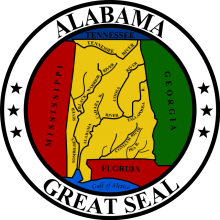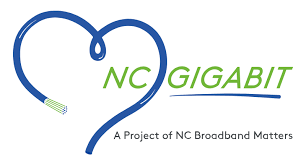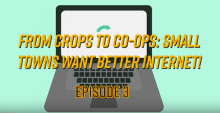Alabama Voucher Program Aims to Help a Quarter of a Million Households with Broadband Costs
At the end of August, Alabama rolled out what has been a unique state-level response to the ongoing Covid-19 pandemic and a decision by every school district to offer remote learning as an option for the current school year. Using $103 million in CARES Act funding, the governor’s office enacted the Broadband Connectivity for Students initiative to help low-income families pay for existing or connect new service via a voucher program that runs through December 31st of this year and is worth, on average, about $400 per family.
To date almost 60,000 vouchers have been redeemed representing more than 100,000 students, and while we would wish to see such a large pot of funds go instead towards permanent connectivity solutions, for thousands of families it’s meant immediate and necessary relief. It also highlights the ongoing importance of fast, reliable, affordable Internet-access for distance learning.
The process began in late July, with the state issuing a Request for Proposals (RFP) [pdf] soliciting responses as many Internet Service Providers (ISPs) as wanted to participate in the program. The Alabama Department of Economic and Community Affairs is heading it up, with the state's Department of Education providing the identifying information for households with students on free or reduced lunch. CTC Technology and Energy is serving as contractor (and receiving approximately $3.4 million for its design work and services).
37 Internet Service Providers (ISPs) across fiber, fixed wireless, mobile, cable, and satellite service ultimately made the cut to participate in the program. See the full list of ISPs, but it includes a handful of municipal networks and cooperatives we’ve covered in the past, including:








